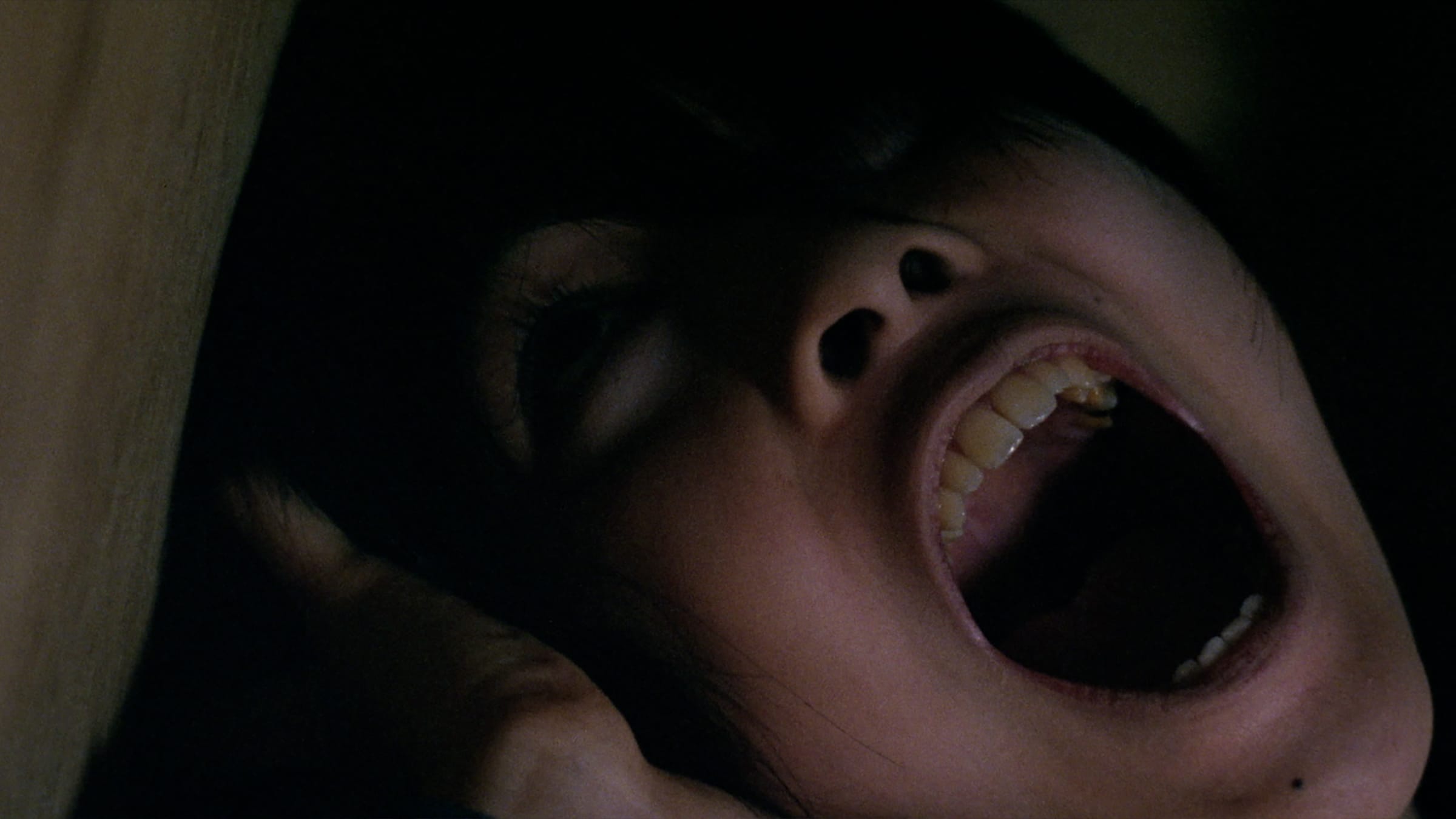RELATED ARTICLE
Cure: Erasure
The Criterion Collection

More than the films of any other genre, horror movies are the phenotypes of cultural anxiety—often, you can read the turbulence right on the skin, like hives. In Japan, a nation always rich with wild expressions of social stress, this phenomenon yielded two primary surges: the New Wave attack of the 1950s and ’60s, and the J-horror invasion starting in the late ’80s and ’90s. While these phases reflected different societal shifts, when you take the macro view, they come together to look like one big haunting.
The New Wave horror films are primarily set in the broad swath of history stretching from the early feudal centuries to the Edo period. In America, the Old West is just for westerns, but in Japan, the medieval epoch has always been ripe for use in any genre or mode. Both eras were formative and have proven irresistible because they represent the evolution from semicivilized lawlessness to modernity (still, despite its massive mythology, the Old West, from the Louisiana Purchase in 1803 onward, stretched for maybe eighty-five years, while the Japanese had over half a millennium to play with). The history was always a fuming source of folktales, including kaidan (ghost stories), and that’s the boneyard the New Wave dug into; after the distinctly gentle ghostliness of Kenji Mizoguchi’s Ugetsu (1953), the most notable kaidan adaptations include Kaneto Shindo’s Onibaba (1964), Kuroneko (1968), and The Iron Crown (1972), as well as Nobuo Nakagawa’s The Ghost of Kasane (1957), Black Cat Mansion (1958), and The Ghost of Yotsuya (1959); Masaki Kobayashi’s lavish Kwaidan (1964); and Kimiyoshi Yasuda and Yoshiyuki Kuroda’s Yokai Monsters trilogy (1968–69). Like the semi-contemporaneous cresting of British gothic horror, spearheaded by Hammer Films, the Japanese movies of the ’50s and ’60s dwelt in a haunted unmodern past that could feel wild and primitive yet also unthreateningly distant.
But at least as far as Shindo was concerned, that past threatened plenty, and his landmark horror movies fumed with New Wave–y rage and cynicism. Onibaba was one of the direst visions to emerge from the Wave, which was uniquely ferocious among national postwar movements in the frankness of its societal critique and its fascination with torture, sexual violation, and depravity, as it all churned organically in Japanese life. The feudal-era scenario, launching off from a Shin Buddhist folk parable that arose around the fifteenth-century monk Rennyo, is merciless: a woman and her daughter-in-law (the son/husband in question has been shanghaied, and never returns), living feral in a vast field of suzuki grass, feed themselves by stalking and killing passing soldiers, selling their armor and swords to a local trader, and then dropping the bodies into a hidden well.

